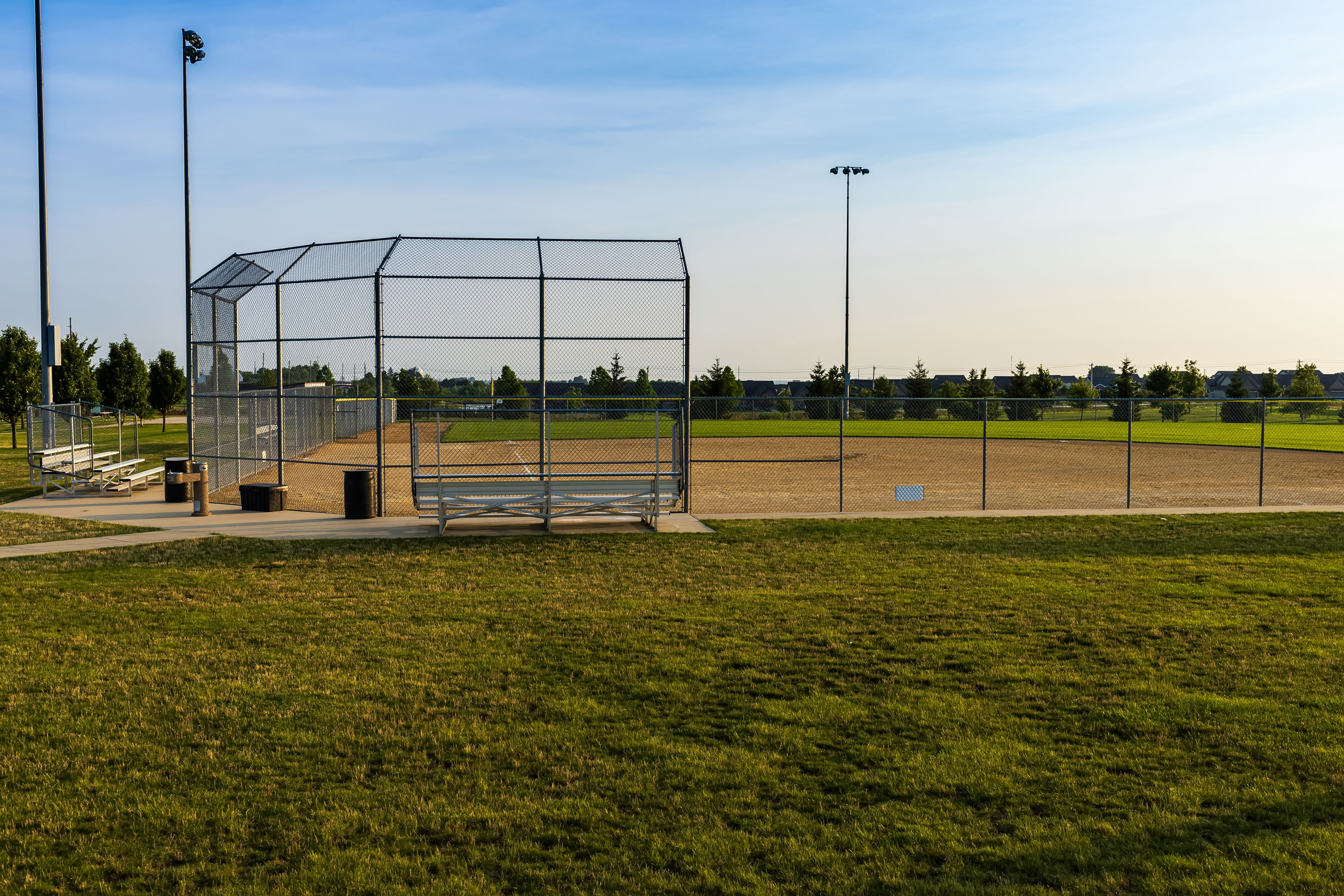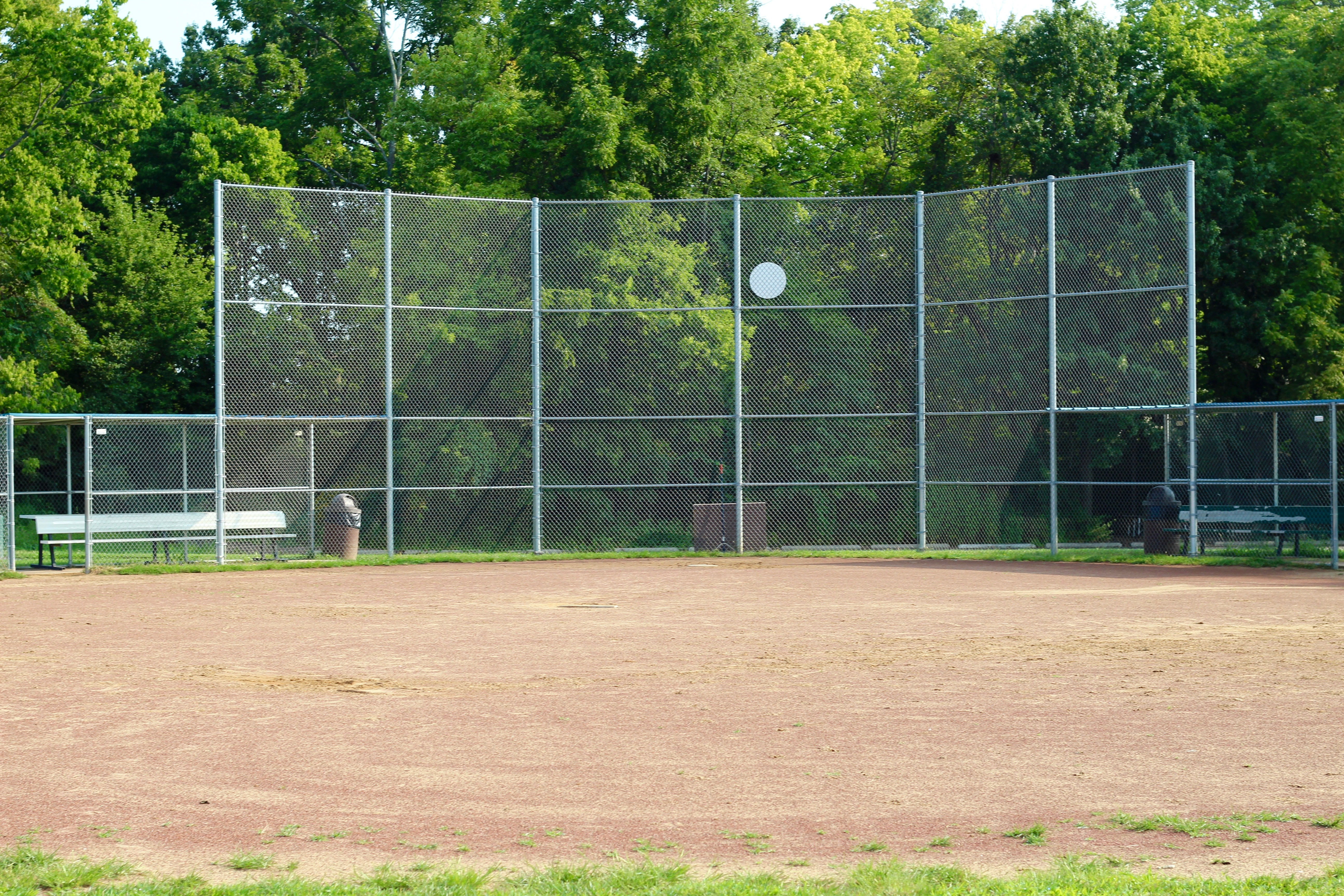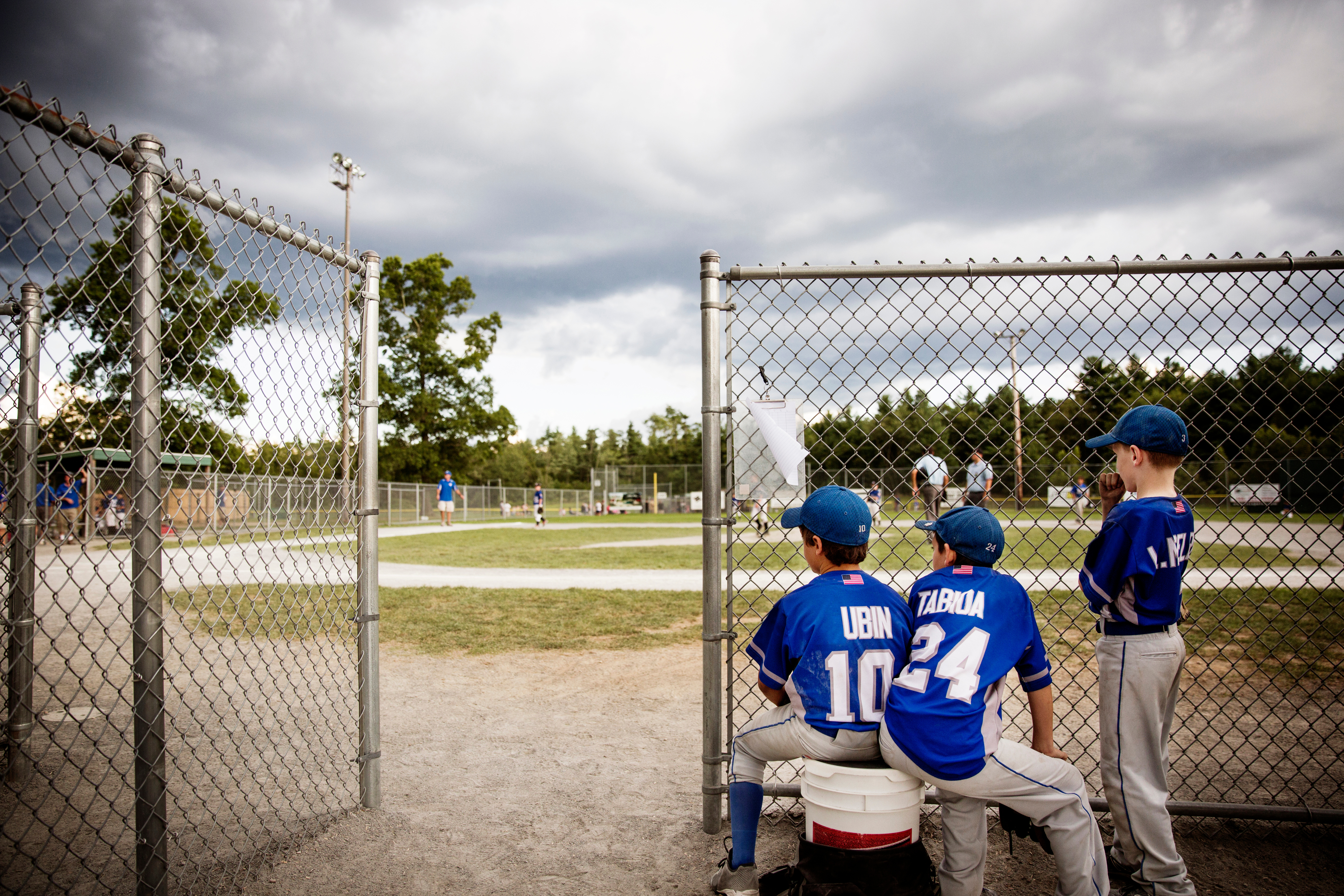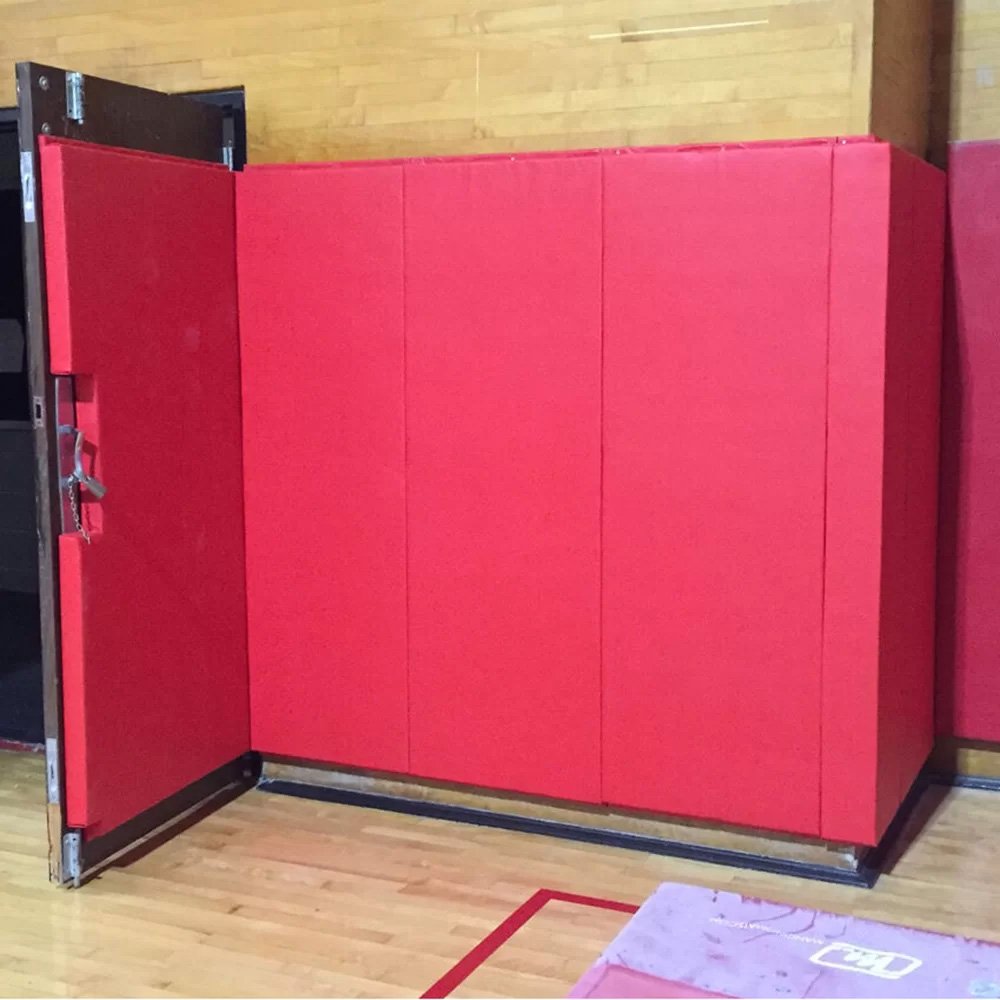If you're building a baseball field or upgrading an existing one, having a baseball backstop is a must. Backstops serve as the safety net, or safety fencing, behind home plate. It's not only part of the iconic stadium look, Backstops are also for protecting spectators, players, and property from foul balls and wild pitches. Whether you're setting up a youth league field or a full-sized diamond, choosing the right backstop system can make a big difference in performance and safety.
What Makes a Backstop So Important?
A backstop is more than just a part of the field; it's an important safety and game-flow feature that affects everyone, both on and off the field. For fans, it's the first line of defense against bad tips, wild pitches, and overthrows that could hurt someone. It saves players and coaches time by not having to chase balls, which keeps practices focused and productive. Backstops also protect nearby buildings, cars, and sidewalks from damage, which is very important in public places like schools and parks. In short, a backstop keeps the game on the field, which makes it safer and more fun for everyone. You need a good backstop if you're making a tee-ball field or a diamond for competitive play.
Chain Link vs Netting: Which Is Better for Your Backstop?
You usually have to choose between chain link fencing and netting when you want to make a baseball backstop. Both are meant to keep people safe and keep foul balls in check, but they work very differently depending on the weather and how often the field is used. Chain link is a stronger and longer-lasting option that can handle being outside for a long time and getting hit a lot. Netting is lighter and more flexible, so it's a good choice for temporary or indoor setups. You can pick the best material for your facility's needs if you know what each one is good at and what it can't do. Here's a quick comparison of the two:
| Chain Link Backstops | Netting Backstops | |
| Longevity | Lasts for many years with minimal wear, even in harsh weather | Prone to UV damage, sagging, and tears over time |
| Maintenance | Requires little to no upkeep once installed | Needs regular tensioning and may require early replacement |
| Strength | Strong steel material resists impact from high-speed balls | May fray or break after repeated use or strong hits |
| Visibility | Offers good visibility with a consistent grid pattern | Has a slightly less obstructive view but can sag into sightlines |
| Cost Over Time | Higher initial cost, but more cost-effective long term | Lower upfront cost but may require frequent replacement |
| Best Use Case | Outdoor fields with long-term use and exposure to the elements | Indoor or temporary fields where lightweight material is preferred |
Canopy vs Straight Style Backstops
When selecting a backstop style for your baseball field, one of the most important decisions you'll face is whether to go with a canopy or a straight design. Choosing which design is right for you is mostly about what's right for the look and needs of your field. Both Canopy and Straight style backstops do a fantastic job of protecting spectators and containing foul balls, but each has its own unique advantages depending on the layout of your field, the space available, and the level of play.
Canopy backstops feature an overhead extension that angles toward the field, offering an extra protection from high, looping foul balls that could go over a fence that is straight up and down. This makes them very useful in places where there are buildings, seats, or paths right behind home plate. Straight backstops, on the other hand, are easier to put up and have a simpler design. They work well in smaller fields or fields that don't have a lot of dangers around them. To help you choose, here's a side-by-side look at what each style has to offer:

Canopy Style Backstop
- Overhead angled extension curves toward the field
- Catches high foul balls more effectively
- Ideal for fields with nearby walkways or buildings
- Offers added safety for spectators and players
- Popular in parks and high-traffic areas
Canopy Style Kit Includes:
- Vertical posts
- Top and canopy rails
- Chain link mesh fencing
- All necessary fittings: rail ends, brace bands, tension bands, loop caps, eye tops, and post caps
- Fasteners and tie wires

Straight Style Backstop
- Simple vertical fencing behind home plate
- Best for fields with limited space
- Classic look suitable for small and mid-sized fields
- Easier and quicker to install
- Budget-friendly and practical
Straight Style Kit Includes:
- Vertical posts
- Top horizontal rails
- Chain link mesh fencing
- All necessary fittings: rail ends, brace bands, tension bands, loop caps, eye tops, and post caps
- Fasteners and tie wires
How to Set Up Your Backstop Kit
Setting up your backstop may seem like a big project at first, but the process is straightforward once you break it down into steps. Whether you're assembling a canopy or straight style backstop, each kit from Baseball Fence Store includes everything you need (except tools) to set up your backstop quickly and safely. While the task of installing a backstop is rather simple. we highly recommend having at least 3 to 4 people assist during setup. There's quite a few parts that will need installed, holes dug, concrete poured, fence sections lifted, etc so it's important to have those extra hands to ensure that everything is installed correctly and safely. Here’s a general step-by-step overview to give you a sense of how the process flows:
- Plan and measure your layout: First, measure the total width and depth of the backstop area, including any wings or canopy extensions. Getting the right measurements will make everything else easier here.
- Dig your post holes: Use the measurements you made to dig holes for the posts at each marked spot. Make sure that the frame can stand on each hole by checking that it is the right depth and spacing.
- Set the posts in concrete: Fill the holes with concrete and put your vertical posts in them. Check that each post is straight and in line before the concrete hardens.
- Build the frame: After you put the posts in place, use the included fittings, like rail ends, brace bands, and eye tops, to attach the top rails, canopy arms (if you need them), and any other framing pieces.
- Attach the fencing mesh: Unroll the chain link fence and pull it tight between the posts. Use tie wires, tension bars, and any other hardware you need to make sure the mesh fits tightly and safely.
Important Note: These instructions are general, so you may need to change them to fit your backstop setup.
FAQs on Backstops
1. How Do I Choose Between a Canopy and a Straight Backstop?
You can choose between a canopy and a straight backstop based on where your field is and how much protection you need. Canopy backstops are great for places where people walk or sit near the field because the angled top part helps catch high foul balls. Straight backstops are a good choice if you don't have a lot of space or want a simple, classic look. Both styles offer great protection, but canopy models cover a little more area for extra safety.
2. Can I Install the Backstop Kit Without Professional Help?
Yes, many of our customers install their backstop kits themselves with just a few helping hands and some basic tools. The kits come with all necessary fittings and hardware, so you don’t need to track down extra parts. As long as you follow a simple layout plan and allow enough time for setting posts and curing concrete, the process is straightforward. It’s a great option for schools, leagues, or community fields looking to save on labor costs.
3. What Is Included in Each Backstop Kit?
Each backstop kit has everything you need to set it up. That includes everything you need, like posts, rails, chain link fencing, tension bands, rail ends, and tie wires. You won't have to buy brackets or mesh separately; they'll all come in one package. This makes things go faster, easier to handle, and the whole process easier.
4. How Long Will the Backstop Materials Last?
The parts of each kit are made of galvanized steel, which doesn't rust or corrode easily. The chain link mesh is strong enough to hold up to balls and bad weather without sagging or tearing. If you check your backstop often and make small repairs, it should last for many seasons. These systems are often used outside of schools, parks, and training centers.
5. Can I Customize the Size or Layout of a Backstop Kit?
Yes, many kits can be customized to better fit your field dimensions or specific safety needs. While standard sizes are ready to go, some setups may call for wider spans, taller fencing, or different wing lengths. If you need help figuring out what configuration works best, support is available to walk you through the options. Custom setups are especially helpful for multi-use fields or unique layouts.
Contact Us
If you're looking to upgrade your baseball field with a safe, complete, and simple backstop system, we’re here to help. Our chain link backstop kits come in both canopy and straight styles, each with all the parts you need to have your baseball field ready for action in no time. Whether you're building from scratch or replacing an old system, these kits offer a convenient and easy solution for fields of all sizes. From better foul ball protection to long-lasting materials, there’s a reason so many schools and parks choose these systems. If you have questions about sizing, customization, or what kit is right for your facility, don’t hesitate to reach out to us today and let’s find the perfect baseball backstop kit for your field.
Contact Us Shop Backstop Kits



